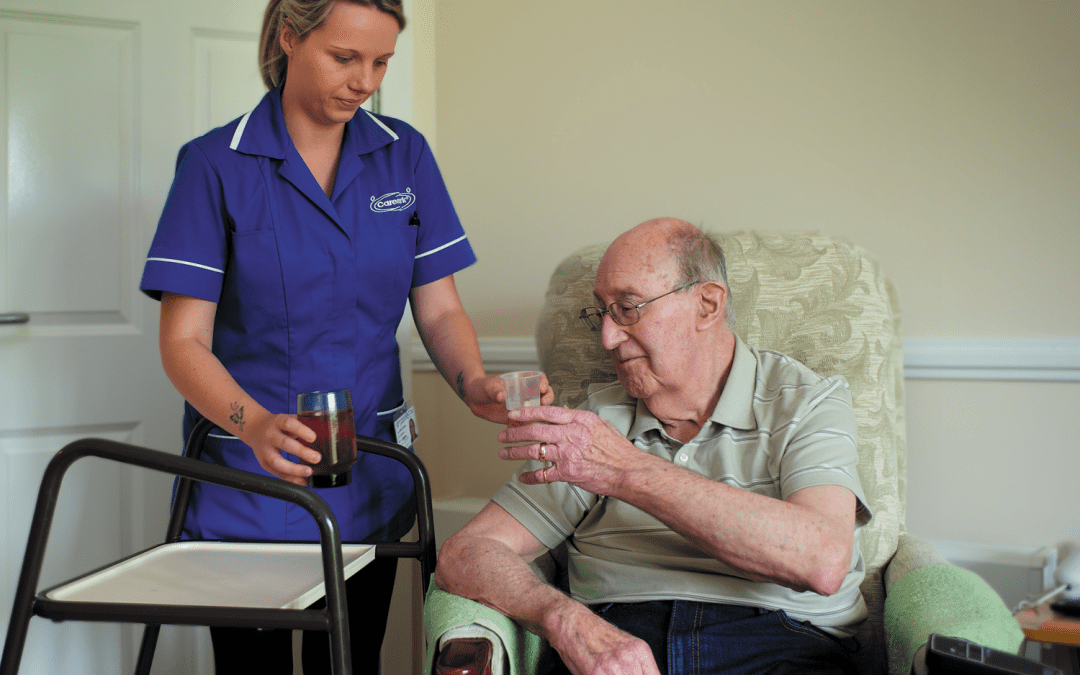Dementia home care services takes many forms, but a really valuable place to start is with elderly health care. This is social care that takes place in the patient’s home, and is designed to work around existing routines and structures. It can be especially valuable in providing respite care for carers, as well as helping the patient stay in a familiar environment. Whether the care is respite care for the elderly, or long-term care for pre-existing conditions, the key with this method is familiarity. Although the home health care may be new, the patient will find it easier to assimilate to the care because the surrounding environment has stayed the same. However, there will still be some challenges, so we take a look at how to deal with these and make a success of home care.
Acknowledge feelings of confusion
Whilst the environment may remain the same, your loved one may be confused by the presence of new people in their home. It may unsettle them, make them feel afraid, or even convince them they are not really in their own home. There is no easy way to deal with this confusion, but here are some ideas for alleviating it. First, acknowledge the feelings of confusion that your loved one may be expressing. Try to reassure them that they are safe and that the carers are there to help. Don’t disagree or argue about the ‘facts’, as this will cause distress. Instead, keep repeating key information. This will help reassure your loved one that they are secure and cared for.
Keep familiar objects to hand
Distraction is a key technique for dealing with an anxious dementia sufferer. Familiar photos or favourite objects can help with this. Keep a set of familiar family photos available and look at them regularly, repeating some key descriptive facts. Don’t worry about correcting your loved one if they seem confused, and avoid asking questions about who is in the photos. Instead just enjoy looking together, and keep conversations simple and positive. This can be really helpful when helping your loved one become familiar with home care. Try writing some key facts on the back of the photos, and keep them handy for carers to use. Ask carers to have a short conversation with your loved one about the photos each time they drop in. This will help your loved one associate the new carers with positive experiences, and help to ease anxiety and confusion.

